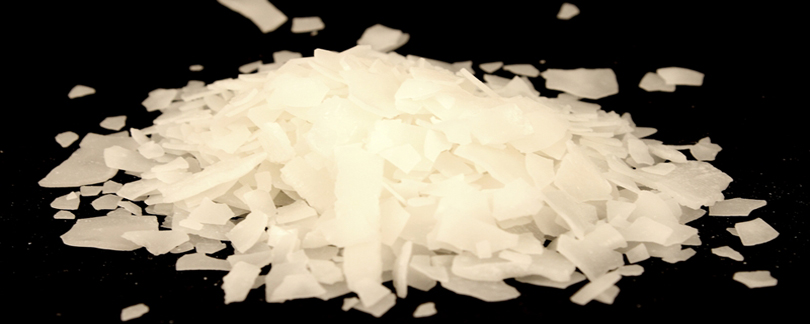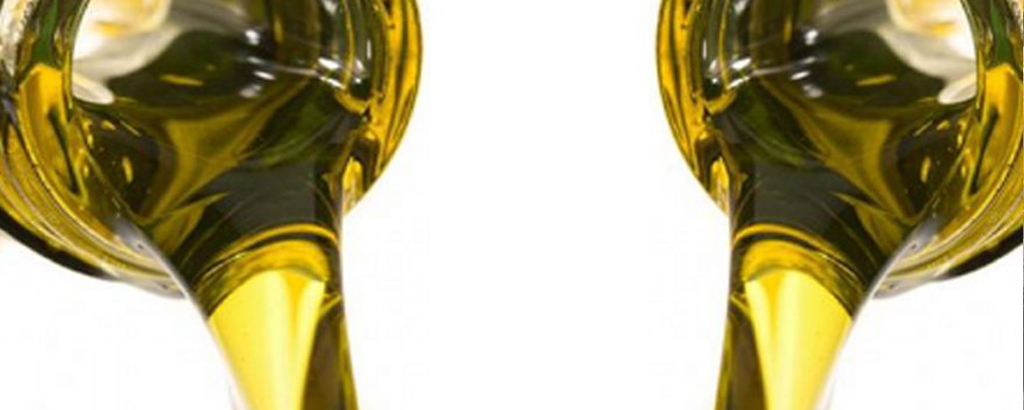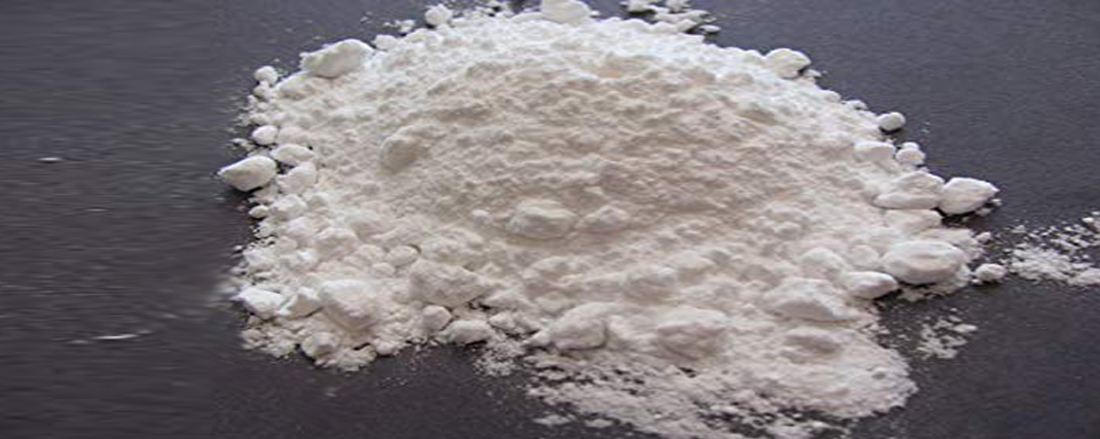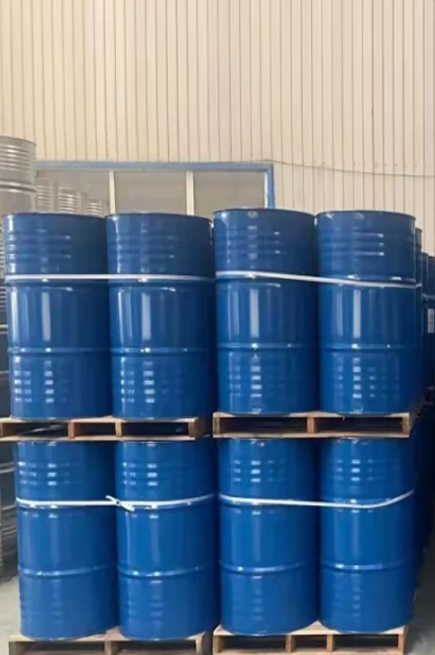BENEDICT’S REAGENT (QUALITATIVE), BENEDICT’S REAGENT
Benedict's solution can be used to carry out a semi-quantitative test on a ... It is important that an excess of Benedict's solution.
The primary application of Benedict's test is to detect the presence of simple carbohydrates in an unidentified analyte.
It turns from turquoise to yellow or orange when it reacts with reducing sugars. These are simple carbohydrates with unbound aldehyde or ketone groups.









